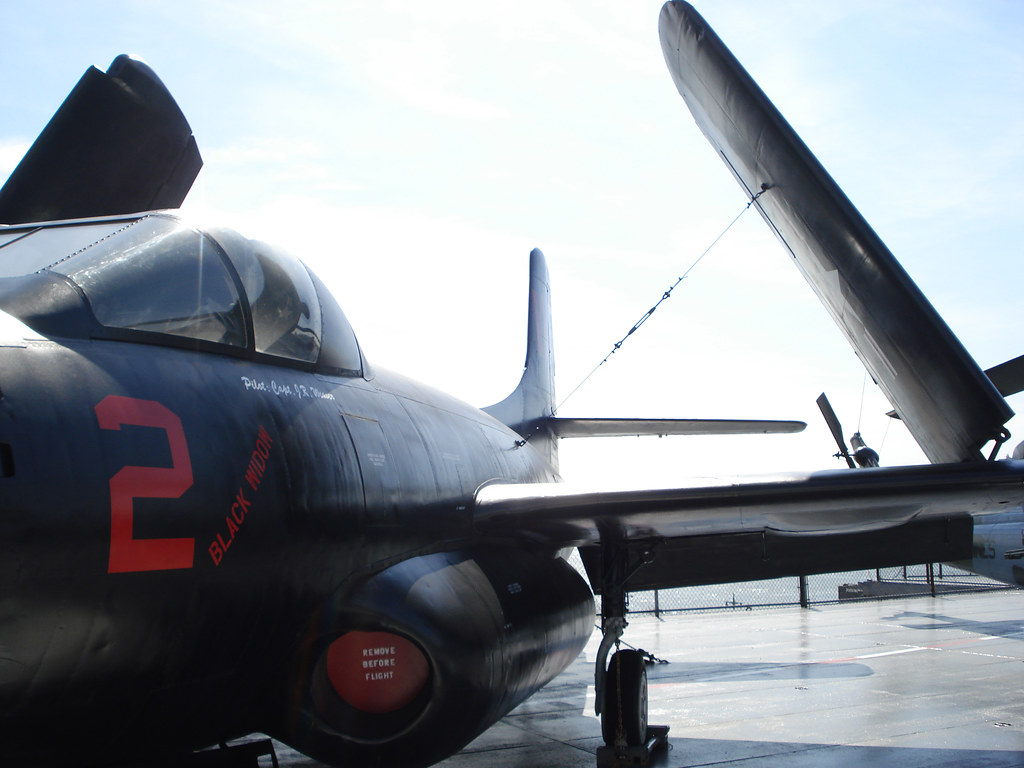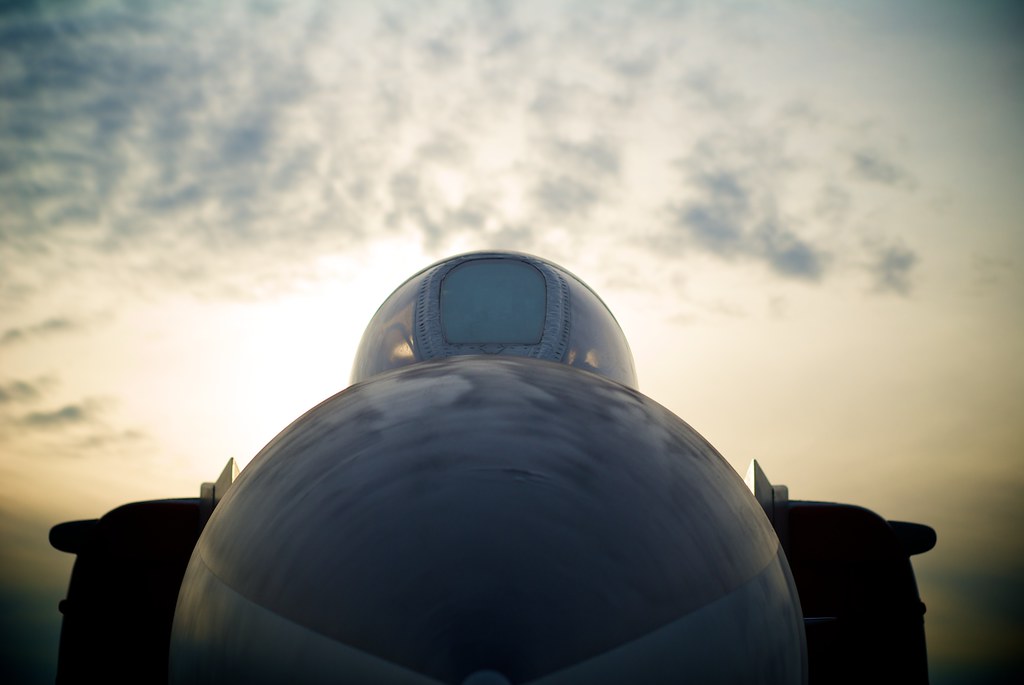
In the annals of military aviation history, some aircraft achieve iconic status while others, equally deserving, fade into the shadows. The Douglas F3D Skyknight is one such unsung hero, overshadowed by its jet-powered brethren yet possessing a story of significant contribution to American aerial combat efforts from the Korean War through to Vietnam.

In 1945, the U.S. Navy grew concerned about the threat posed by the Japanese air force’s development of jet-powered bombers and kamikaze aircraft. Recognizing that their current and planned propeller-driven fighters lacked the speed to intercept these swift adversaries, especially during nighttime operations, the Navy issued a request for proposals for a jet night-fighter. This new aircraft needed to be equipped with an advanced airborne intercept radar capable of detecting enemy aircraft up to 125 miles away, a feat considered incredibly demanding given the technological limitations of the time.

To provide context, even in 2020, detecting a small fighter at such a distance remains impressive. Douglas Aircraft Company took up the challenge, basing their design around the Westinghouse APQ-35 radar system, which comprised three radars. The primary search radar, the APS-21, featured a large parabolic dish, necessitating a sizable nose for the aircraft. Due to the complexity and intensive operation of the APQ-35, a dedicated Radio Operator was essential. With these requirements in mind, Douglas engineers crafted a twin-engine aircraft with side-by-side seating, giving rise to the renowned F3D Skyknight.

The F3D-1 was powered by two Westinghouse J-34 engines, each generating 3,400 pounds of thrust, totaling 6,800 pounds. While this represented decent performance for its time, it fell short for an aircraft with a hefty take-off weight of 25,414 pounds. Compounded by the engines’ downward canting, which reduced effective thrust, and the additional drag from its large nose, spacious two-seat canopy, and broad straight wings, the F3D struggled to match the agility of contemporary day fighters. Its maiden flight took place on March 23, 1948, and it entered service by 1951.

Capable of climbing above 40,000 feet and reaching a true airspeed of 500 knots at that altitude (about sixty knots slower than its daytime counterparts), the F3D boasted a combat radius of 500 nautical miles, extendable to 590 nautical miles with drop tanks. Armed with four 20mm cannons, the aircraft’s performance fell short of ideal, yet it was purpose-built to excel as a nocturnal airborne interceptor.
related images you might be interested.











